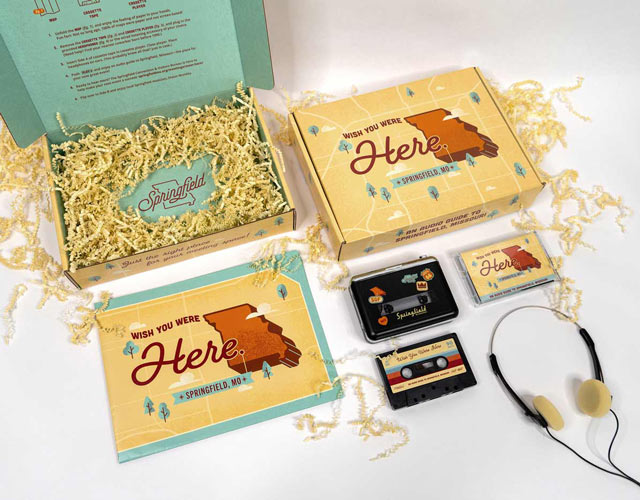Hedonic Consumption and Sensory Marketing
When it comes down to it, consumer behavior is all about emotion. We don’t just buy things because we need them—our decisions are also driven by a desire for pleasure, excitement, and fun, also known as hedonic consumption. Purchases are often more than just functional; they evoke emotions and influence decisions in powerful ways.
Take theme parks, for example. They’re built around offering hedonistic experiences where every design element, from the rides to the décor to the music playing around you, is crafted to evoke excitement and encourage increased spending.
Similarly, products can attract consumers by offering more than just utility—they provide an experience. The joy we get out of unboxing a sleek new makeup product or taking the first sip of an overpriced Starbucks coffee is part of the emotional appeal. Even something like a well-designed candy bar wrapper taps into our appreciation for aesthetics, making the experience of using the product just as important as its function.
Sensory Marketing: Engaging the Senses
Sensory marketing taps into the emotional power of our senses—vision, smell, sound, touch, and taste—to create memorable and compelling consumer experiences. You can use this approach to craft your products to appeal to multiple senses and strengthen the emotional connection between the consumer and the brand.
Vision: What something looks like can make or break a purchase. The colors, packaging, and design of a product all play a role in how we feel about it. Think about the iconic Tiffany & Co. blue box or Coca-Cola’s classic red —those colors stick with you and become part of the brand’s identity.
Smell: Think about when you walk into a movie theater and immediately get hit by the smell of the popcorn machine – suddenly, you’re craving a snack. Smell has a powerful connection to memory and emotion. Brands like Abercrombie know this well—they’ll use signature scents in their stores to create a lasting, recognizable experience—one whiff and you’re instantly reminded of their brand.
Sound: Sounds can trigger instant brand recognition and emotional connections. From catchy jingles to memorable product sounds, audio plays a huge role in keeping us tied to a brand.
Take our “Wish You Were Here” direct mailer campaign for the Springfield CVB, for example.

To promote Springfield as a destination for conventions, we included a guided audio cassette narrated by Springfield’s very own Jeff Houghton in a custom-branded box sent to event planners. This nostalgic touch, complete with retro headphones, made the experience memorable, engaging multiple senses and leaving a lasting impression. Just like familiar jingles, this kind of audio experience can create strong emotional ties and keep your brand top-of-mind.
Check out the full case study here.
Touch: Handling a product can make it feel more personal. Studies show that if you touch something, you’re more likely to buy it—this is called the endowment effect. Ever pick up a product in a store and suddenly feel more attached to it? That’s what’s happening!
Taste: Taste is trickier to market, but food brands often use descriptive words like “crispy” or “savory” to help you imagine how good it would be. Even if you can’t taste it, the right words can make your mouth water.
By tapping into these sensory experiences, brands create stronger emotional bonds with customers. It’s not just about selling a product—it’s about selling an experience.
Additional Insights
So, what other factors come into play besides sensory marketing when it comes to consumer behavior? Here are a few key takeaways:
- Framing and Mental Shortcuts: The way you present a product can seriously influence buying decisions. For example, offering small, frequent purchases rather than one big, expensive one often makes people feel better about spending. It’s all about how you frame it.
- Materialism and Values: Some people buy things to signal status and success, while others are drawn to products that have personal meaning or enhance their lives in deeper ways. Knowing your audience’s values can help you tailor your offerings to connect with them on a more emotional level.
- The Hedonic Treadmill: You know that feeling when you buy something new, and it makes you happy for a bit, but then the excitement wears off? That’s the hedonic treadmill at work. To keep customers engaged, businesses should aim to offer lasting value—whether through building a community, creating memorable experiences, or offering products that continue to bring joy beyond the initial thrill.
In the end, understanding the psychology behind why people buy can help businesses create stronger connections with their customers. Whether it’s through sensory marketing, framing, or simply providing an enjoyable experience, brands that get emotional with their consumers are more likely to win them over for the long haul.
Looking for the right tools to connect with your audience? Revel is here to help! Reach out to us today and discover how we can elevate your brand, foster lasting connections with your audience, and help your business stand out from the competition.
